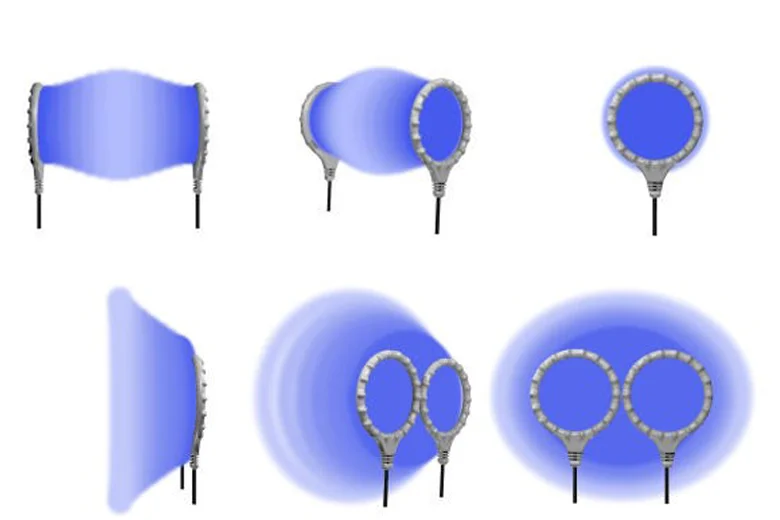Revita Life Sciences
Electromagnetic Stimulation
Introduction
The electromagnetic system aids in regeneration by administering precisely controlled magnetic field pulses, which prompt tissues to undergo self-repair. This technique is commonly known as Pulsed Electro-Magnetic Field (PEMF) therapy.
This innovative technology, developed in the United States, stems from scientific research and development initially supported by NASA (National Aeronautics and Space Administration) in the 1990s. Following extensive research and development, including significant design enhancements and the acquisition of multiple patents, this technology is now available for application in both human and animal settings.
Scientific studies have demonstrated the capability of this technology to promote axonal (nerve fiber) growth in culture and to accelerate the production rate of the extracellular matrix (the connective structure between cells). Ongoing scientific research is being conducted to validate these findings further and to enhance the effectiveness of the technology.
Principles
Principles of Electromagnetic Stimulation
The electromagnetic stimulation device operates based on established laws of classical physics, including Maxwell’s equations and Faraday’s Law of Induction, along with principles from classical quantitative physiology and modern theories on functional adaptation in various tissues.
Muscle and nerve tissues respond directly to electrical excitation through trans-membrane ion cascades, resulting in action potential propagation in nerves or muscle contraction. Additionally, it is hypothesized that structural tissues like bone, tendon, ligament, and articular cartilage respond to selective ion flow in the paracellular space between cell membranes and the extracellular matrix (ECM) when subjected to mechanical stress. This ion flow serves as the presumptive signal initiating cellular-level responses leading to functional adaptation, repair, and regeneration of structural tissues.
Application of Faraday’s Law of Induction
Faraday’s law of induction states that the first time derivative of the magnetic field is proportional to the induced electric field. This principle, utilized in various applications like electrical transformers and motors, is foundational to the operation of the electromagnetic stimulation device.
Calculations based on known physiological parameters determine the type of magnetic field necessary to generate an induced electrical field in the paracellular space around each cell, with the right amplitude and duration to elicit a cellular response. These calculations draw upon classical physiology concepts, where amplitude corresponds to Rheobase and duration corresponds to Chronaxie.
Uniform Cell Stimulation
The electromagnetic system applies a roughly uniform magnetic field over a tissue volume, rapidly changing the magnetic field to induce the desired electrical field in the same volume. This approach ensures nearly uniform stimulation of all cells within the affected volume, akin to mechanical stress on tissues, without the “lightning bolt” path of hyper-stimulated cells seen with electrical stimulation.
Tissue Subjected to Minimum Stress
Electromagnetic stimulation mimics ion flow resulting from mechanical stress without applying additional mechanical stress to tissues. This is particularly beneficial for severely damaged tissues where additional stress could be counterproductive, and where disrupted mechanisms for conducting mechanical stress hinder adaptive regeneration responses.
Safe, Low-Power System
The electromagnetic stimulation device emits very low levels of power due to its uniform and well-controlled induction-coupled system. Optimized for effectiveness at low power output levels, it typically emits around 350 milliwatts, equivalent to about a third of the power of a typical cell phone.
Pulse Output Tuned for Effectiveness
Magnetic pulses are precisely calculated and tuned to induce physiological electrical fields conducive to cellular stimulation. Pulse amplitude and duration are carefully selected based on Rheobase and Chronaxie measurements, while the repeating patterns of these pulses mimic known motor-neuron stimulation patterns for musculoskeletal tissues, including both fast-twitch and slow-twitch muscular activity.

